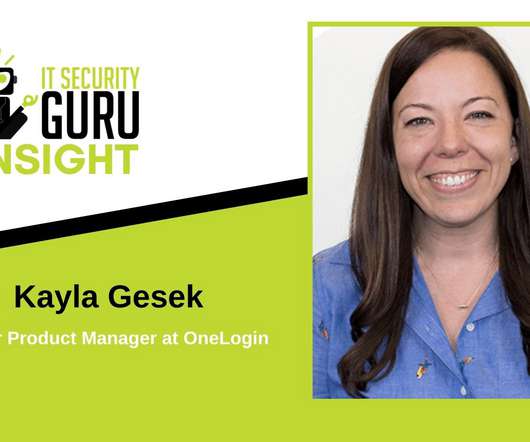Retail giant Home Depot agrees to a $17.5 million settlement over 2014 data breach
Security Affairs
NOVEMBER 25, 2020
Hackers compromised the company point-of-sale (PoS) systems with malware that was designed to steal payment card data. . Home Depot also agreed to implement and maintain additional security practices in the future to prevent similar attacks. ” .

















Let's personalize your content